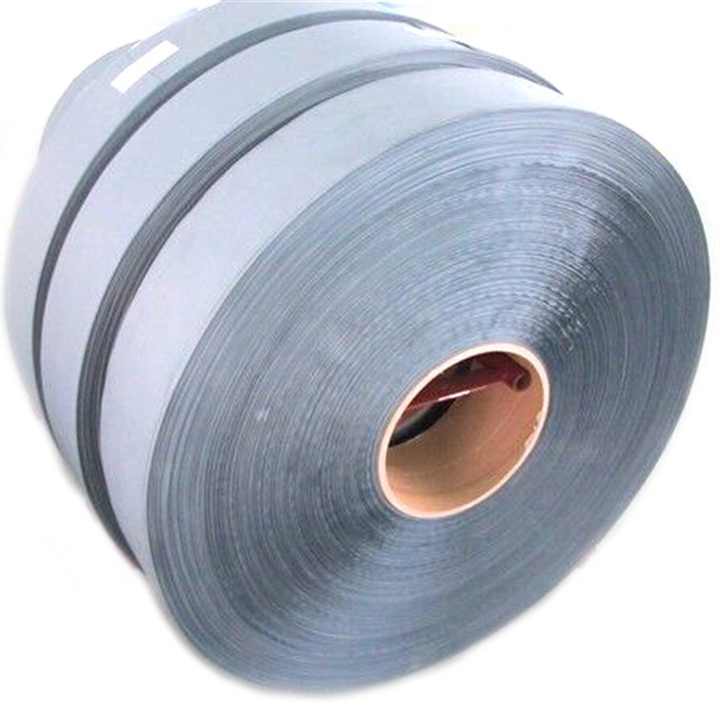Plastic waste management has become a critical environmental challenge in the 21st century. With millions of tons of plastic waste generated annually, efficient recycling and separation technologies are essential to mitigate pollution and promote a circular economy. Among the various techniques used in plastic recycling, Polyethylene (PE) separators play a pivotal role in enhancing efficiency.
PE separators are specialized machines designed to isolate polyethylene—one of the most widely used plastics—from mixed plastic waste streams. By improving the purity of recycled PE, these separators contribute to higher-quality recyclates, reduced contamination, and increased economic viability of recycling operations. This article explores how PE separators function, their benefits, and their impact on modern plastic waste management systems.
The Challenge of Plastic Waste Separation
Plastic recycling begins with sorting different polymer types, as mixed plastics cannot be efficiently processed together. Common plastics like PET (Polyethylene Terephthalate), HDPE (High-Density Polyethylene), LDPE (Low-Density Polyethylene), PP (Polypropylene), and PVC (Polyvinyl Chloride) must be separated to ensure high-quality recycling.
Manual sorting is labor-intensive and prone to errors, while traditional mechanical methods (such as sink-float separation) have limitations in distinguishing plastics with similar densities. This is where PE separators come into play, offering advanced solutions for accurate and efficient sorting.
How PE Separators Work
PE separators utilize various technologies to identify and segregate polyethylene from other plastics. The most common methods include:
1. Near-Infrared (NIR) Spectroscopy
- NIR-based separators use infrared light to detect the unique molecular signature of PE.
- When plastic waste passes through the system, sensors analyze the reflected light and identify PE.
- Air jets or mechanical arms then eject the PE into a separate collection stream.
- This method exploits differences in electrical conductivity between plastics.
- PE, being non-conductive, can be separated from conductive or differently charged plastics.
- While traditional sink-float tanks separate plastics based on density, modern PE separators enhance accuracy using optimized liquid media.
- Plastics acquire different electrostatic charges when rubbed together.
- PE separators use this property to sort plastics based on their triboelectric properties.
- By automating the separation process, PE separators reduce reliance on manual labor and increase throughput.
- Higher purity of recycled PE means better-quality end products.
- Mixed plastic waste often contains impurities like metals, paper, or non-recyclable plastics.
- PE separators minimize contamination, ensuring cleaner recyclates.
- Automated sorting reduces operational costs compared to manual methods.
- Higher-quality recycled PE fetches better market prices.
- Efficient PE separation reduces landfill waste and lowers carbon emissions by promoting closed-loop recycling.
- Less energy is required to process pure PE compared to mixed plastics.
- High-purity recycled PE can be reused in manufacturing, reducing dependence on virgin plastics.
- Supports sustainability initiatives by brands and governments.
2. Electrostatic Separation
3. Density-Based Separation (Advanced Sink-Float Systems)
4. Triboelectric Separation
Benefits of PE Separators in Plastic Waste Management
1. Increased Recycling Efficiency
2. Reduction in Contamination
3. Cost-Effectiveness
4. Environmental Impact
5. Compatibility with Circular Economy Goals
Applications of Separated PE in Industry
Once separated, recycled PE can be used in various applications:
- Packaging: Films, bags, and containers.
- Construction: Pipes, insulation materials, and geomembranes.
- Consumer Goods: Bottles, toys, and household products.
- Automotive: Interior panels and under-the-hood components.
Future Trends in PE Separation Technology
As plastic waste volumes grow, advancements in PE separation are expected, including:
- AI and Machine Learning Integration: Smart separators that learn and adapt to different waste compositions.
- Higher Sorting Speeds: Enhanced NIR and robotic sorting for faster processing.
- Multi-Sensor Systems: Combining NIR, X-ray, and visual recognition for better accuracy.
Conclusion
PE separators are revolutionizing plastic waste management by improving sorting efficiency, reducing contamination, and enhancing the economic feasibility of recycling. As technology advances, these systems will play an even greater role in achieving a sustainable, circular economy.
Investing in advanced PE separation technologies is not just an environmental necessity—it’s a smart economic decision for recyclers, manufacturers, and policymakers committed to reducing plastic pollution.
By adopting these innovations, the recycling industry can move closer to a zero-waste future where plastic resources are reused efficiently, minimizing environmental harm.
Post time: Jul-03-2025

